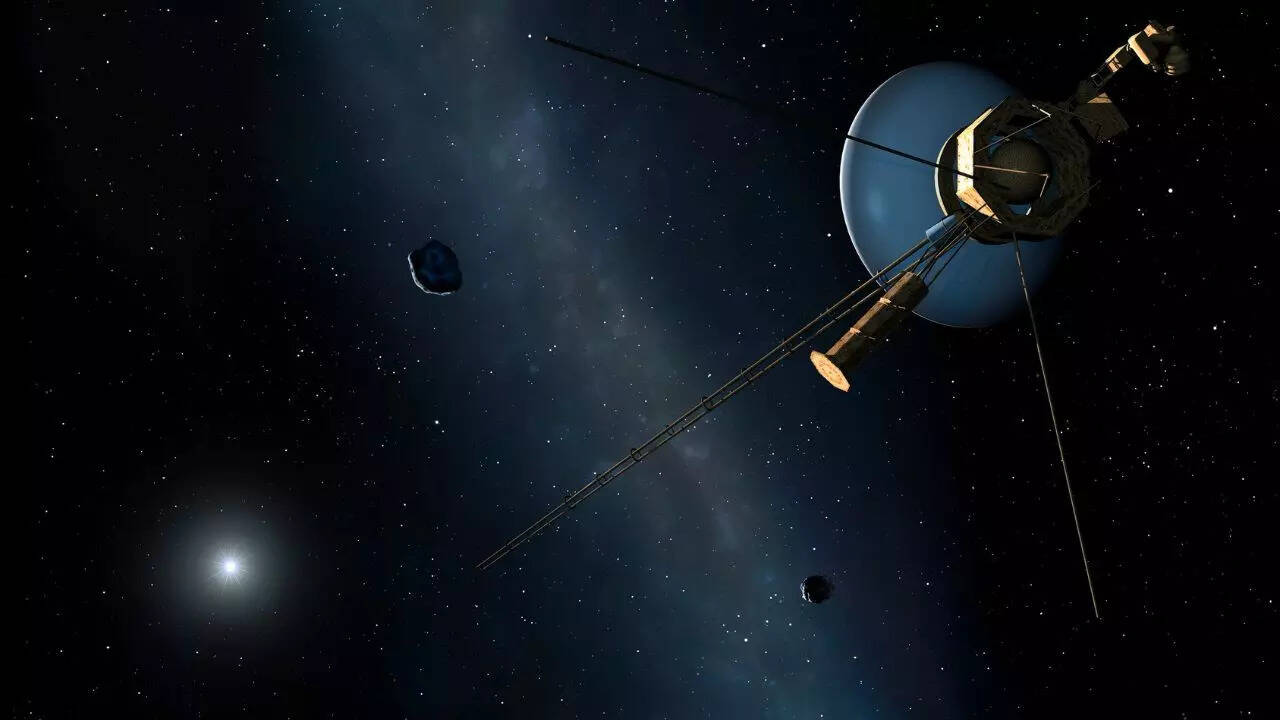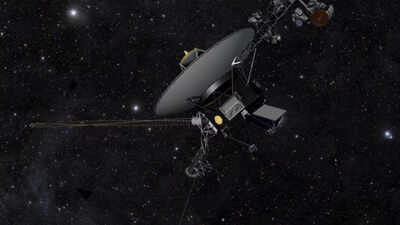NASA is Voyager 1: A Timeless Spacecraft Still Breaking Records
NASA’s Voyager 1, launched in 1977, is an enduring marvel of engineering. While technology on Earth has advanced at lightning speed, this spacecraft continues to operate using computers from the 1970s machines far less powerful than a basic digital watch today. Yet, despite having only about 69 kilobytes of memory in total, Voyager 1 has traveled over 15 billion miles from our planet and continues sending groundbreaking data back to Earth.
NASA Engineers Built for the Long Haul
Voyager 1 carries three main computers, each with a specific role: controlling the spacecraft’s flight, handling commands from Earth, and processing scientific data. The design focused on durability, simplicity, and resistance to harsh space conditions. Unlike modern devices, its memory is read-only and built to endure cosmic radiation and freezing temperatures of nearly -200°C.
In an age before internet updates, every command to Voyager must be sent manually from Earth. Signals take more than 22 hours to reach the spacecraft, making precise planning essential for every maneuver.
NASA’s Unexpected Hot Zone Discovery
Recently, Voyager 1 shocked scientists with a discovery that could reshape our understanding of the solar system. It detected a highly energetic region just beyond the heliopause, the boundary where the Sun’s solar wind loses its strength against interstellar particles.

Temperatures in this zone range between 30,000 and 50,000°C, though the particles are so spread out that they don’t behave like heat does on Earth. This “hot zone” wasn’t part of earlier predictions, leaving researchers rethinking how our solar system interacts with interstellar space.
NASA’s Redefinition of the Solar System’s Edge
For years, astronomers have debated the true edge of the solar system. NASA defines it as the heliopause, while some suggest it extends to the distant Oort Cloud. Voyager 1 crossed the heliopause in 2012, but its latest findings suggest the border is far more complex than a simple dividing line.
Alongside the heat readings, Voyager has returned surprising data on magnetic fields. Scientists expected the magnetic environment outside the heliopause to differ greatly from inside, but the spacecraft found lingering connections. This hints that the Sun’s magnetic influence might reach farther into space than previously believed.
Powering On With a Nuclear Heart
Voyager 1 is powered by radioisotope thermoelectric generators (RTGs), which convert heat from decaying plutonium into electricity. This power source is slowly weakening, but NASA expects the spacecraft’s instruments to remain active until at least the mid-2030s. After that, Voyager will shut down its systems one by one, eventually falling silent while continuing to drift through the galaxy. Also Read: Karnataka State Education Policy Recommends 2-Language System for Schools: Powerful Education Shift
A Legacy Written in the Stars
Voyager 1’s mission proves that smart engineering can outlast technological trends. Even without advanced processors or massive memory, it continues to provide invaluable insights into the universe. From its launch more than 47 years ago to today’s surprising discoveries, NASA’s Voyager 1 stands as a testament to human ingenuity and a reminder that some of the greatest achievements in space exploration are powered by patience, simplicity, and vision.

